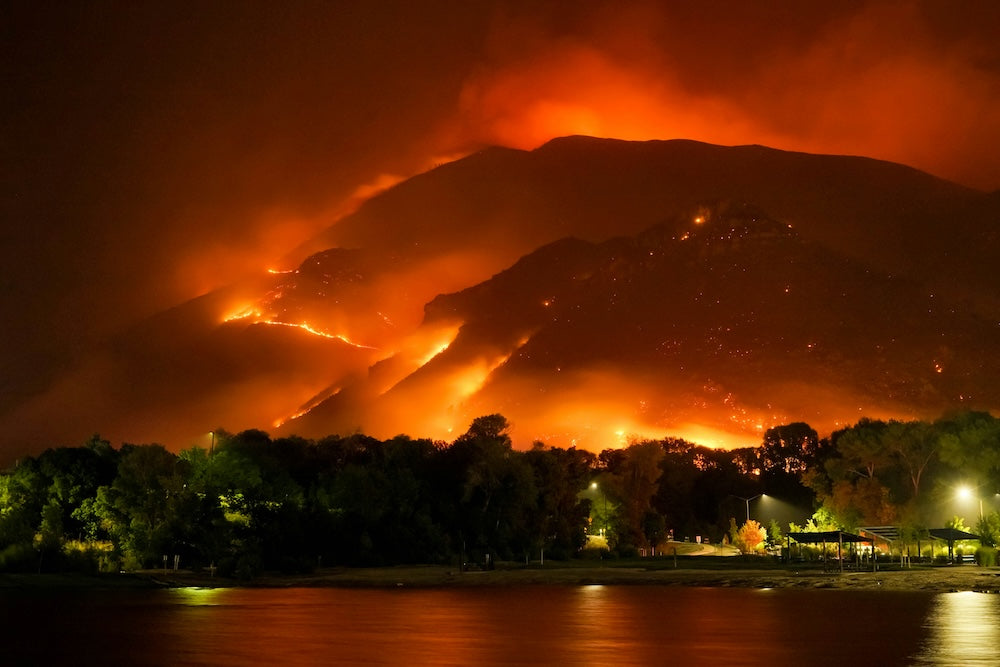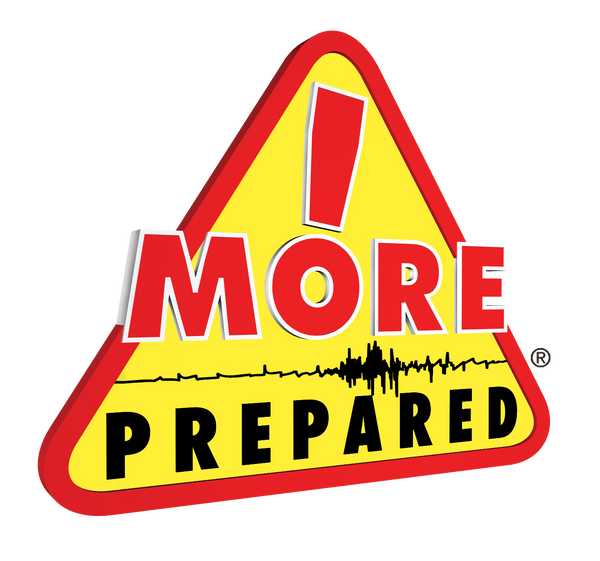
Preparing for Fires
Fires can happen anytime and anywhere. Even a small fire is dangerous as it can quickly become larger and get out of control. When a fire breaks out, an average-sized room can reach the “flashpoint” where it is fully engulfed in flames in less than two minutes. It is therefore essential to take steps to prevent fires from occurring in the home and workplace, and to know what to do in the event a fire does occur. Read more about how to prepare for a fire and evacuation below.
Prepare a Family Fire Safety Plan
Draw a floor plan of the home that includes exit routes, location of firefighting equipment such as fire extinguishers and a meeting point outside the home. Check the exit routes to be sure they are accessible to each member of the family. Practice the evacuation plan with family members.
When a Fire Breaks Out
Get out. Close doors to slow the spread of the fire. Do not attempt to fight the fire except to save a life. Call 911 from a cell phone or a neighbor’s phone and be prepared to provide the address, cross street and call back number.
In the event of a fire, leave the premises as quickly as possible. Do not use an elevator. If you hear a fire alarm, but do not see a fire or smell smoke, evacuate cautiously. Feel doors before exiting. If the door is hot, do not open it. Try another way. If you discover a fire, activate the fire alarm.
Notify the Fire Department of all fires. In many jurisdictions, reporting fires is required by law. It may be necessary to have an official fire report to collect insurance claims. Fire fighters can ensure that the fire is completely out.
How to Be More Prepared
Install smoke detectors throughout your home or apartment. If smoke detectors are battery operated, check them regularly. Have fire extinguishers available in locations, such as the kitchen, laundry room and garage where fires commonly break out. Place important documents inside a fire document bag. For high rise apartments and office buildings, have smoke masks available to aid evacuation. Have fire escape ladders available in second and third story rooms. If security bars are installed on windows or doors, ensure that escape latches are working properly and that everyone living in the residence knows how to operate them.
Wildfires
As urban areas continue to spread into rural and wilderness locations, more people are becoming exposed to the dangers of wildfires. The problem is exacerbated by drought conditions that are increasingly common in fire-prone areas. As wildfires can pose a catastrophic risk to lives and property, it is important for people living in areas susceptible to wildfires to do what they can to lower their risk and know what to do in the event of a fire.
Understand Your Risk
Know the wildfire history of your community. Be aware of recent weather, especially conditions such as drought and thunderstorms that can contribute to wildfire risk. Consider having your home professionally inspected for fire danger.
Create Safe Zones Around the Home
Reduce or eliminate vegetation within 30-feet of homes and other structures. Replace flammable vegetation with fire resistant plants. Trim vegetation and mow lawns regularly. Install electrical lines underground if possible. Store combustible materials away from buildings. Remove dead leaves and tree limbs.
Protect the Home
Remove debris from near homes and from under decks and patios. Enclose eaves and overhangs. Cover house vents with wire mesh. Keep gutters free of debris. Install spark arrestors in chimneys and stovepipes. Use fire-retardant roofs and siding. Use safety glass in windows and doors. Have a large external supply of water available, such as a pond or pool.
